#dimcinema
Explore tagged Tumblr posts
Photo








A stunning beginning to Sabine Gruffat and Bill Brown’s west coast tour last night, such a beautifully assembled collection of work, each speaking to the next. Honoured to be the first stop on the tour, be sure to catch them in Victoria at Deluge Tuesday, then onwards to Seattle, SF, LA, and beyond. Huge thanks to Michèle and Dim Cinema for making this show happen, and to Al, Emma and the volunteers at the Cinematheque for a flawless evening.
1 note
·
View note
Photo
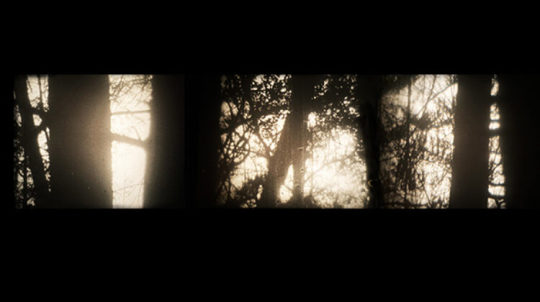
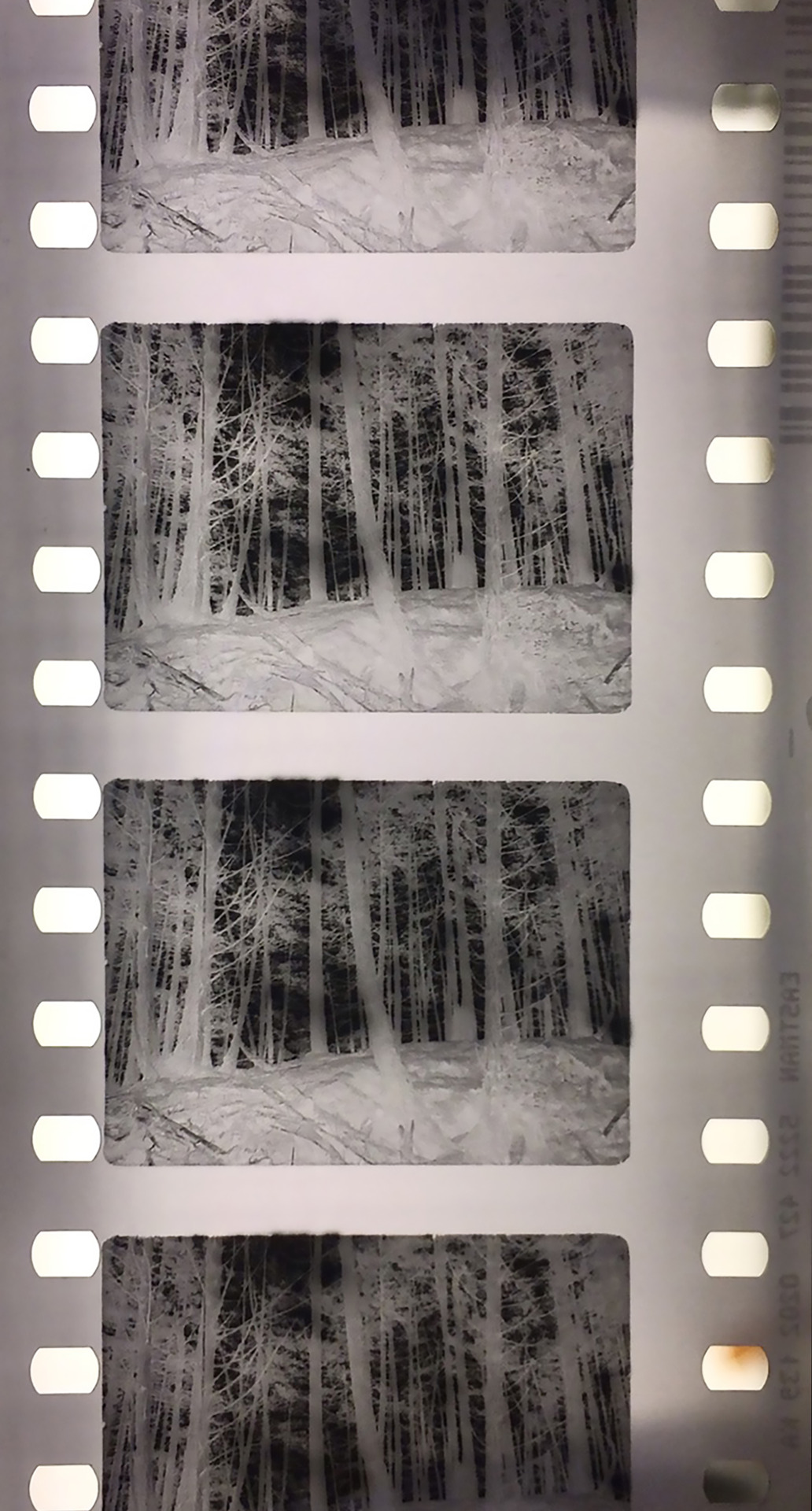
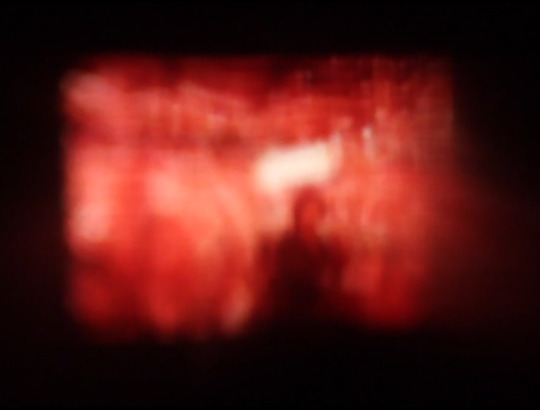
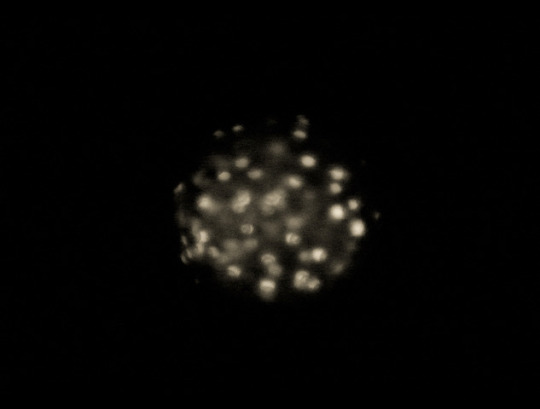
AUGUST 17th 7pm LIVE AND EXPANDED Alex MacKenzie & Lindsay McIntyre at DIM Cinema/Cinematheque
To celebrate the Cinematheque’s 50th anniversary, DIM presents a quartet of projector performances by Iris Film Collective members Alex MacKenzie and Lindsay McIntyre with live sound by Clare Kenny and Peter Bussigel. The evening is bookended by experimental works fresh from Oberhausen, commencing with MacKenzie’s The Hollow Mountain, performed with a modified 1920s hand-cranked projector, and closing with McIntyre’s improvised dance across six 16mm projectors, Worth More Standing. In between, MacKenzie’s 16mm light performances Phosphene and Mall Emotions will be featured.
Tickets are limited! More info: thecinematheque.ca/films/2022/live-and-expanded
#lindsaymcintyre#alexmackenzie#dimcinema#thecinematheque#expandedcinema#livecinema#handcranked#worthmorestanding#thehollowmountain#phosphene#mallemotions
0 notes
Photo


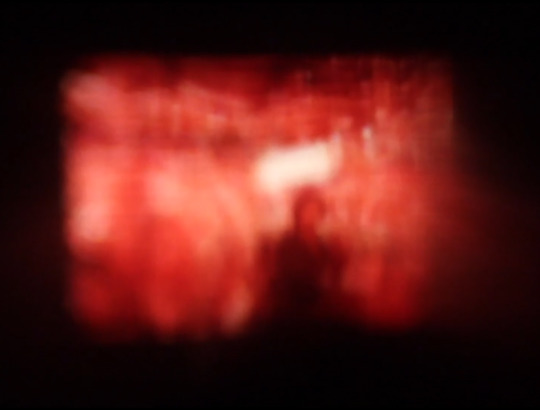

AUGUST 17th 7pm LIVE AND EXPANDED Alex MacKenzie & Lindsay McIntyre at DIM Cinema/Cinematheque
To celebrate the Cinematheque’s 50th anniversary, DIM presents a quartet of projector performances by Iris Film Collective members Alex MacKenzie and Lindsay McIntyre with live sound by Clare Kenny and Peter Bussigel. The evening is bookended by experimental works fresh from Oberhausen, commencing with MacKenzie’s The Hollow Mountain, performed with a modified 1920s hand-cranked projector, and closing with McIntyre’s improvised dance across six 16mm projectors, Worth More Standing. In between, MacKenzie’s 16mm light performances Phosphene and Mall Emotions will be featured.
Tickets are limited! More info: thecinematheque.ca/films/2022/live-and-expanded
#lindsaymcintyre#alexmackenzie#dimcinema#thecinematheque#expandedcinema#livecinema#handcranked#worthmorestanding#thehollowmountain#phosphene#mallemotions#irisfilmcollective
0 notes
Photo








A stunning beginning to Sabine Gruffat and Bill Brown’s west coast tour last night, such a beautifully assembled collection of work, each speaking to the next. Honoured to be the first stop on the tour, be sure to catch them in Victoria at Deluge Tuesday, then onwards to Seattle, SF, LA, and beyond. Huge thanks to Michèle and Dim Cinema for making this show happen, and to Al, Emma and the volunteers at the Cinematheque for a flawless evening.
0 notes
Photo

TAKE IT DOWN! New Experimental Films by Sabine Gruffat & Bill Brown
In Person One Night Only: Monday May 13, 7:30pm 1131 Howe St, Vancouver BC
Presented by The Cinematheque’s Dim Cinema and Iris Film Collective.
In this collection of recent work by North Carolina-based media artists Sabine Gruffat and Bill Brown, celluloid film serves as both a material register and critical resource for interrogating the documentary image. Whether using discontinuous montage, handmade techniques for creating and processing images, or dramatic reenactors, these films aim to extend the formal possibilities of non-fiction filmmaking.
We are very excited to have both filmmakers appearing in person!
Bill Brown is a Chapel Hill, NC-based filmmaker, photographer, and author who has been active for over 20 years, creating innovative and challenging video and multimedia works that explore the relationships between geographical space, memory, technology, and humanity. His films include Roswell (1995), Buffalo Common (2001), and Chicago Corner (2009), as well as collaborations with Sabine Gruffat. His interest in the life of art beyond its production has led to several film tours.
Sabine Gruffat is a Chapel Hill, NC-based filmmaker and multimedia artist whose exploratory, thought-provoking films have screened at festivals worldwide. Her projects span video and animation, mobile media and performance, interactive installation, and more, the main commonality being an urgent sense of contemporaneity and playfulness of form, with works that include The Expeditionists (2007), The Free Translators (2008), and I Have Always Been a Dreamer (2012). Like Brown, Gruffat takes a special interest in the exhibition of her works, and has collaborated with Brown for several exhibitions. She is currently an Assistant Professor of Art at the University of North Carolina-Chapel Hill.
SCREENING:
Take It Down (Gruffat, 2018, 12:30) Employing solarized color positive 35mm film and animation of old postcard images of Confederate monuments in North Carolina, Take It Down documents how Southern identity continues to be bound up in the legacy of the Civil War and the Jim Crow Era. The film considers how these old memorials continue to be sites of conflicting politics and historical narratives.
XCTRY (Brown, 2018, 6:18) Brown re-works 16mm footage that he shot years ago during a cross-country road trip from Chicago to Las Vegas. The spatial discontinuities of the road trip are rendered as visual continuities across three frames as Brown goes in search of the next town to fall in and out of love with.
Life On The Mississippi (Brown, 2018, 28:13) A short essay film about a river and the limits of knowing it. Using Mark Twain’s Life On The Mississippi as a road map, Brown travels from Memphis, Tennessee to New Orleans and considers ways that river pilots, paddlers, historical reenactors, and civil engineers attempt to know the river through modeling, measurement, and simulation.
Framelines (Gruffat, 2017,10:14) An abstract scratch film made by laser etching preset patterns onto the film emulsion of negative and positive 35mm film. The strips of film were then re-photographed on top of each other as photograms. The soundtrack is created by filtering and layering the noise made by the laser etched 35mm optical track.
Amarillo Ramp (Brown + Gruffat, 2017, 24:10) A portrait of sculptor Robert Smithson's final earthwork. Employing filmmaking strategies that are both responsive to the artwork's environmental context and informed by Smithson's own art-making strategies, the filmmakers encounter the Ramp as an observatory where human scales of space and time are set against geological and cosmic scales.
#billbrown#sabinegruffat#takeitdown#irisfilmcollective#thecinematheque#dimcinema#experimentalfilm#personalcinema
0 notes
Photo

TAKE IT DOWN! New Experimental Films by Sabine Gruffat & Bill Brown
In Person One Night Only: Monday May 13, 7:30pm 1131 Howe St, Vancouver BC
Presented by The Cinematheque’s Dim Cinema and Iris Film Collective.
In this collection of recent work by North Carolina-based media artists Sabine Gruffat and Bill Brown, celluloid film serves as both a material register and critical resource for interrogating the documentary image. Whether using discontinuous montage, handmade techniques for creating and processing images, or dramatic reenactors, these films aim to extend the formal possibilities of non-fiction filmmaking.
We are very excited to have both filmmakers appearing in person!
Bill Brown is a Chapel Hill, NC-based filmmaker, photographer, and author who has been active for over 20 years, creating innovative and challenging video and multimedia works that explore the relationships between geographical space, memory, technology, and humanity. His films include Roswell (1995), Buffalo Common (2001), and Chicago Corner (2009), as well as collaborations with Sabine Gruffat. His interest in the life of art beyond its production has led to several film tours.
Sabine Gruffat is a Chapel Hill, NC-based filmmaker and multimedia artist whose exploratory, thought-provoking films have screened at festivals worldwide. Her projects span video and animation, mobile media and performance, interactive installation, and more, the main commonality being an urgent sense of contemporaneity and playfulness of form, with works that include The Expeditionists (2007), The Free Translators (2008), and I Have Always Been a Dreamer (2012). Like Brown, Gruffat takes a special interest in the exhibition of her works, and has collaborated with Brown for several exhibitions. She is currently an Assistant Professor of Art at the University of North Carolina-Chapel Hill.
SCREENING:
Take It Down (Gruffat, 2018, 12:30) Employing solarized color positive 35mm film and animation of old postcard images of Confederate monuments in North Carolina, Take It Down documents how Southern identity continues to be bound up in the legacy of the Civil War and the Jim Crow Era. The film considers how these old memorials continue to be sites of conflicting politics and historical narratives.
XCTRY (Brown, 2018, 6:18) Brown re-works 16mm footage that he shot years ago during a cross-country road trip from Chicago to Las Vegas. The spatial discontinuities of the road trip are rendered as visual continuities across three frames as Brown goes in search of the next town to fall in and out of love with.
Life On The Mississippi (Brown, 2018, 28:13) A short essay film about a river and the limits of knowing it. Using Mark Twain’s Life On The Mississippi as a road map, Brown travels from Memphis, Tennessee to New Orleans and considers ways that river pilots, paddlers, historical reenactors, and civil engineers attempt to know the river through modeling, measurement, and simulation.
Framelines (Gruffat, 2017,10:14) An abstract scratch film made by laser etching preset patterns onto the film emulsion of negative and positive 35mm film. The strips of film were then re-photographed on top of each other as photograms. The soundtrack is created by filtering and layering the noise made by the laser etched 35mm optical track.
Amarillo Ramp (Brown + Gruffat, 2017, 24:10) A portrait of sculptor Robert Smithson's final earthwork. Employing filmmaking strategies that are both responsive to the artwork's environmental context and informed by Smithson's own art-making strategies, the filmmakers encounter the Ramp as an observatory where human scales of space and time are set against geological and cosmic scales.
0 notes